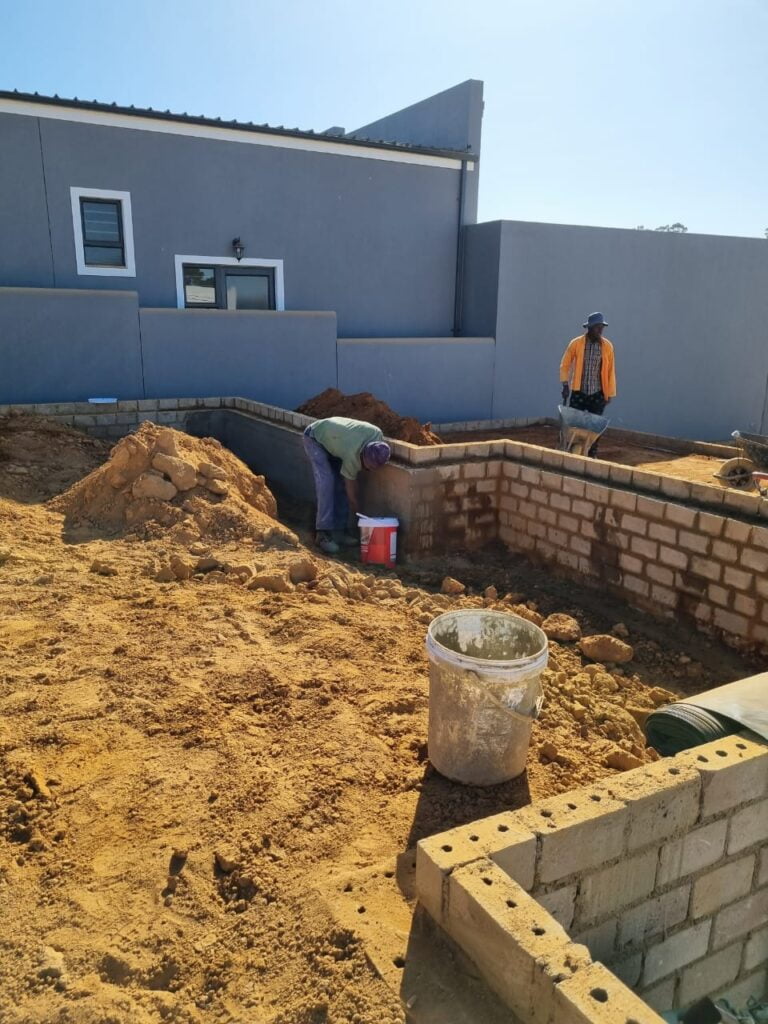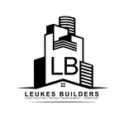What is the standard brick wall thickness for a house
What is the standard brick wall thickness for a house? The standard wall thickness in South Africa for a home must not be less than 140mm. This is for walls that are supporting floor elements and are of cavity construction.
Source: SANS 10400
4.2.2.5 Walls supporting either concrete floors or roofs shall have a thickness of not less than 90 mm in cavity wall construction and 140 mm in single-leaf and collar-jointed wall construction and contain no openings wider than 2,5 m.

Did you know?
Bricks date back to 7000 BC, which makes them one of the oldest known building materials. They were discovered in southern Turkey at the site of an ancient settlement around the city of Jericho. The first bricks, made in areas with warm climates, were mud bricks dried in the sun for hardening.

How are bricks made?
When creating building bricks, there is a process that needs to be followed. Bricks contain clay or shale. Shale is a fine grained sedimentary rock that gets formed when silt and clay are compressed. These products are dried and fired into durable ceramic products.
In South Africa, the majority of bricks are made by the extrusion method. In this method, the raw materials are compressed at high pressure over the bridge and around the core tips. The process is critical for bricks as the large structural bricks are extruded with large void areas and thick outer shells.
Another word for extruded bricks is bricks with holes. The holes in the bricks ensure that in the process they are evenly fired, and this method is also perfect to decrease the weight of the product. This is beneficial for bricklayers when building.
To achieve the desired color, the materials that are used can influence the bricks or it can be done through applying coatings before and after the firing process. This provides a durable color.
What is Extruded Bricks
Another word for extruded bricks are bricks with holes. The holes in the bricks ensures that in the process they are evenly fired. This method is also perfect to decrease the weight of the product. This is beneficial for bricklayers when building.
How do Bricks get their Color
To achieve the desired color the materials that are used can influence the bricks, or it can be done through applying coatings before and after the firing process. This provides a durable color.

Did you know?
Brick manufacturers reduce costs by locating manufacturing facilities near clay sources and using recycled processed waste, as well as reclaiming land that has been mined and taking steps to reduce plant emissions.
Source https://www.dmr.gov.za/LinkClick.aspx?fileticket=6MuRzYfKL4s%3D&portalid=0#:~:text=The%20majority%20of%20bricks%20are,extrusion%20method%20in%20South%20Africa.&text=Brick%20colour%20is%20influenced%20by,process%2C%20providing%20a%20durable%20colour.&text=Brick%20shrinks%20during%20the%20manufacturing%20process%20as%20vitrification%20occurs.
